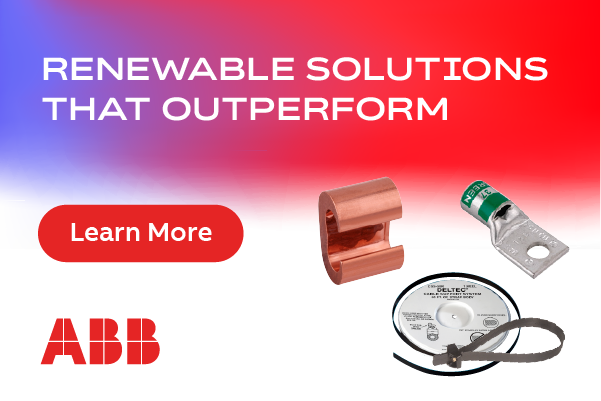Offshore Wind Must Not Wait on New Technologies to Lower Carbon Footprint for Vessels - Seacat Services
As the Offshore Energy Support Vessel (OESV) market comes under growing pressure to reduce fuel use and emissions through onboard innovation, operators must take action on controllable factors to reduce emissions until new technologies become available. This is according to Seacat Services, a class-leading OESV operator that supports offshore wind farm owners and contractors throughout UK and Europe.
Rising public awareness of the shipping industry's impact on global GHG emissions has catalysed efforts to decarbonise the sector. In-line with this, global regulations such as the International Maritime Organisation's 2020 Sulphur Cap are driving research and development (R&D) of alternative propulsion methods, including hybrid and electric engines.
However, with such innovations still under development in the offshore wind market, OESV operators cannot wait for new technologies to become available to start reducing their carbon footprint. By focusing on tackling controllable factors such as trim, hull fouling and speed through established monitoring technology, OESV operators can identify inefficiencies in vessel performance and calculate the optimal operating conditions for their vessels.
As OESVs are required to transfer personnel and equipment in harsh environments, operators must ensure that optimised vessel performance does not compromise industry best practice on crew and technician safety, vessel availability and speed during operations. Route optimisation, turbine tie offs, anchoring and switching off engines are all reasonable, smart adjustments owners and operators can employ to make real, substantial gains without compromising of safety or environmental standards.
Ian Baylis, Managing Director of Seacat Services, said: "Reducing fuel consumption and vessel emissions is a critical target for the offshore wind sector, but, with this laser focus on fuel, the industry cannot afford to lose sight of the end goal - that is, the safe, efficient construction and operation of offshore wind farms, and the environmental benefits this brings."
"Owners and operators in the sector need to take advantage of the technology we have available now, by working smarter and planning better, while continuing to support R&D into future propulsion solutions."
Seacat Services | www.seacatservices.co.uk








